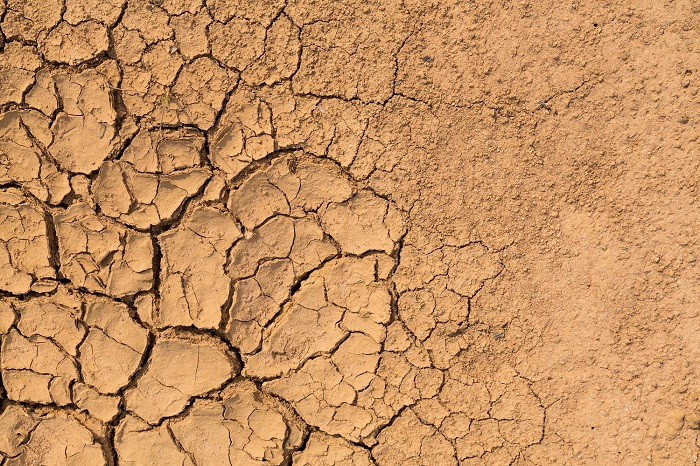Don't give up on drought-stressed trees

The content of this article was written by Bert Cregg, Michigan State University Extension, Department of Horticulture and Forestry
For some parts of the Lower Peninsula, the summer of 2010 was a tough one for trees. For example, the Enviro-weather station at the MSU muck farm near Bath, Michigan received a grand total of 0.24 inches of rainfall for the entire month of August.
Combine the lack of rainfall with warmer than normal temperatures, and the result is a lot of stressed trees. As I’ve noted before, healthy, established trees can normally withstand dry conditions like this past August without too much consequence.
Recently, planted trees and shrubs, on the other hand, can succumb to severe heat and drought if not watered – and sometimes even if they are watered. The challenge for homeowners and landscapers is deciding when a stressed tree is really a goner.
Most deciduous trees, and even conifers, will drop leaves (or needles) when they undergo drought stress. This is part of the tree’s drought adaptation – shedding the part that loses water. The trade off, of course, is that the tree is also shedding parts that photosynthesize. It’s a delicate balance.
Trees can sometimes lose all their leaves to drought and recover; sometimes not. If a tree is severely stressed and drops all of its leaves, it may be unable to produce enough photosynthates to properly harden off and survive the up-coming winter.
My advice, especially at this time of year, is to wait and see. The ultimate test of whether a stressed tree will recover comes in the spring.
In the meantime, try to keep the patient comfortable: if we don’t get rain, water once a week until we get a good frost and put down two to three inches of mulch if the tree is not already mulched. I also suggest a light fertilization with nitrogen and potassium.
I should point out not everyone is in agreement on this last point. Some people are concerned that fall fertilization will promote late season growth and reduce cold hardiness. There is actually little scientific evidence to support this once trees have set a hard bud.
Potassium has been clearly shown to improve cold hardiness and making N available will improve new leaf growth in the spring.
Next spring see if the tree is leafing out normally. Chances are that there will be some branch or crown die-back if the tree had significant drought-induced leaf drop the previous summer.
Now things become a judgment call; how much die-back is too much? Depends on the tree, depends on the location, and depends on the tree-owner’s tolerance.
Certainly, if the new growth looks vigorous and branch die-back is confined to the ends of branches, I would prune out the dead branch tips and go from there. Bottom-line: trees are dynamic organisms and have adapted to tolerate stress (within limits).
Don’t assume a tree that has dropped leaves, even all of its leaves, is dead. Give it a chance to recover and make the final call in the spring.






































